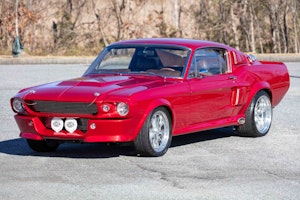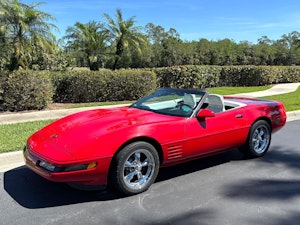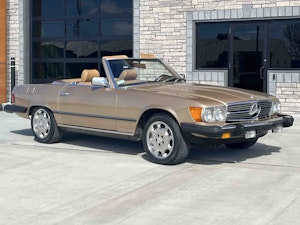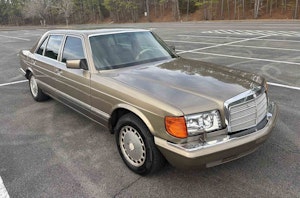Media | Articles
An ode to Ford’s 427
We’d argue that the 427 is the most legendary engine in Ford’s history—and not simply because today happens to be April 27. However, 4/27 provides an excellent opportunity to explore how the ground-up redesign of the FE produced Ford’s most capable big-block ever. In the Ford Thunderbolt, the 427 dominated the 1964 season of NHRA Super Stock. Carroll Shelby’s primary reason for modifying the Mk II GT40s—that would steal Le Mans from Ferrari in 1966—was to squeeze the 427 into the chassis. The humble side-oiler was also the foundation upon which the infamous SOHC motor was built—an engine so radical that it got pushed out of NASCAR and into the hands of innovative hot rodders like Ed Pink.
Humble beginnings

The Ford-Edsel (FE) family of engine replaced the aging Y-blocks in 1958. The new block retained the Y-block’s deep-skirted design but upped the bore spacing to 4.63 inches to allow for more displacement. In addition, the FE line featured a modernized valvetrain with provisions for hydraulic lifters instead of the old Y-block’s solid units, which reduced noise and made the new engines less maintenance-intensive. The first FE engine was introduced to the world as a humble 332-cubic-inch mill for the ill-fated Edsel brand. In its 390-cu-in format, this engine would become famous in several Ford and Mercury pony cars at the height of the muscle car wars, but it’s the max-bore 427 that we’re here to celebrate today.
Domination

Starting with the 390’s 3.78-inch stroke, Ford hogged out the block for a massive set of 4.23-inch pistons. The 427 represented Ford’s rapid rejoinder to pressure from Mopar in NASCAR, and, thanks to the increased displacement and larger valves, the 427 was a fire-breather.
The 427 would lead Ford’s assault on motorsports at every end of the spectrum. Engineers revised the blocks with a new oil gallery along the side of the crankshaft to provide the necessary oiling for prolonged road racing usage. These “side oilers” proved durable enough for extended race use in the likes of the early Cobras and most notably in the Mk II GT40, with which Ford earned its 1-2-3 victory at Le Mans in 1966. The mad scientists at the Blue Oval would ensure the 427’s infamy, however, when they sought to conquer the banks of NASCAR with the SOHC—in doing so, that the 427 cemented its place in Ford legend.

Sometimes called the “90-day wonder” for its short development time, the SOHC 427 was designed to endure high-rpm thrashing thanks to its direct cam-on-valve mechanism. The design also freed engineers to place the valves in a hemispherical chamber, much like the 426 Hemis sweeping NASCAR and NHRA competition. The overhead cam wonder would be practically banned from NASCAR competition due to differences in opinion over homologation status. However, the engine would see a second life in the hands of land speed record chasers and drag racers.
Marketplace
Buy and sell classics with confidence

It’s hard to pick an exact favorite, to be honest. While the SOHC is the pinnacle of big-block Ford engineering in the ’60s, the pushrod-actuated wonders were still highly capable in endurance racing, especially in the relatively compact GT40. The 427 Cobras are also undeniably radical — there’s just too many badass 427s to choose from.













